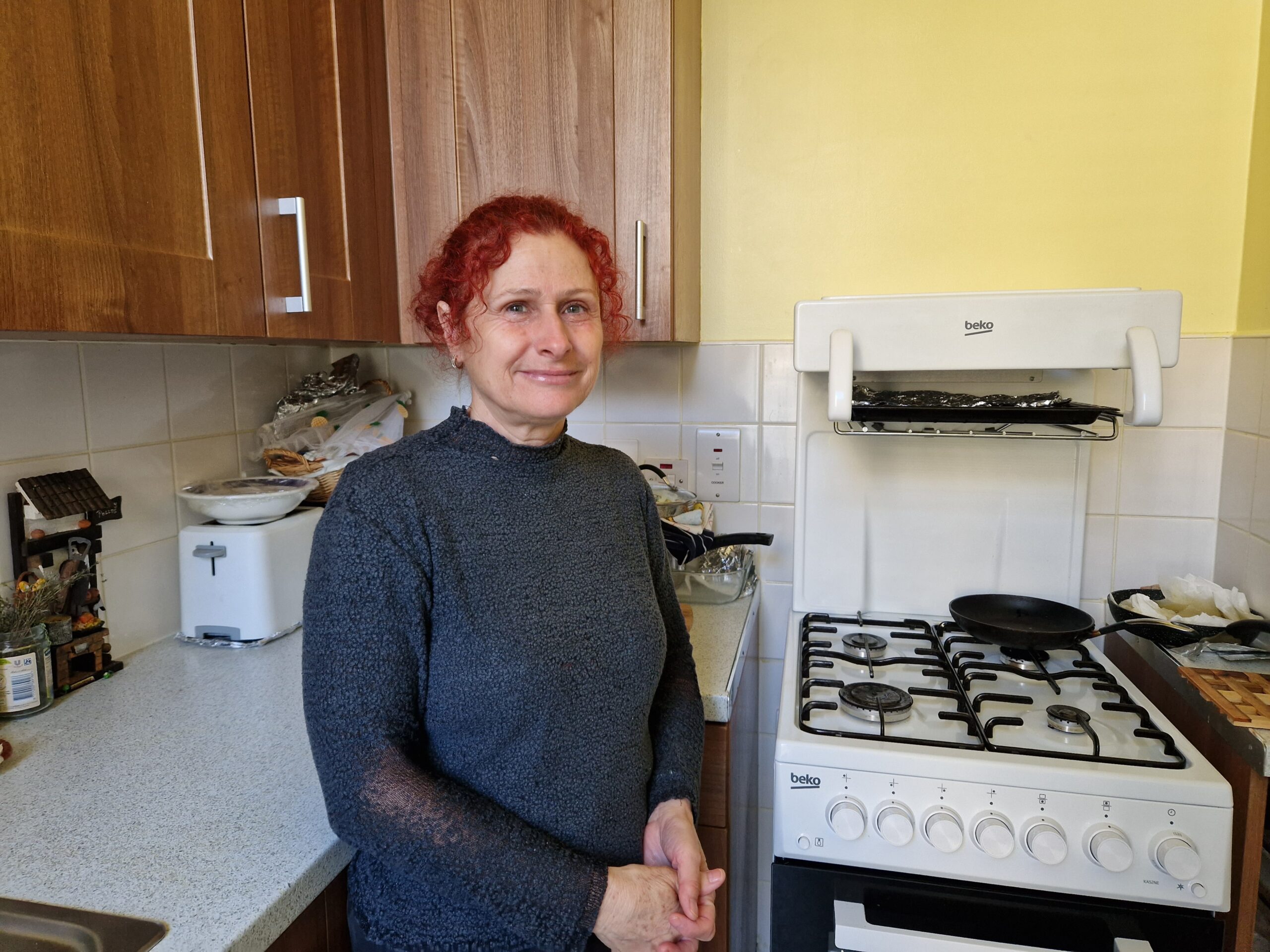Carers Network is ensuring unpaid carers are aware of their rights

Every year, Carers Rights Day brings organisations together to help carers in the community know their rights and find out how to get the help and support they are entitled to.
This year Carers Rights Day is on Thursday 24 November, and local charity Carers Network will be running a programme of online and in-person workshops, including sessions on Employment and Housing Rights for Carers. They will also have workshops to help carers with their energy bills, budgeting and accessing benefits.
In addition to this, Carers Network will have stalls on the day at the following locations where you can meet a member of their team and find out more information about their services: 11am-1pm at Church Street Library; 11am-1pm at North Kensington Library; 2pm-4pm at Askew Library.
Carers Rights Day this year will be focusing on Caring Costs. Unpaid carers save the UK economy £132 billion per year, that’s an average of £19,336 per carer (CarersUK). In total, 5 million people in the UK (1 in 7 of the workforce) are juggling caring responsibilities with work, with 600 people giving up work every day to care for an older or disabled relative due to the demands of their caring role (CarersUK). The main benefit carers are entitled to is Carer’s Allowance: at £69.70 a week for a carer looking after someone for more than 35 hours, this is the lowest benefit of its kind.
Carers Network provides help and support to local unpaid carers such as Angelita:
Local unpaid carer Angelita cares for her sister who has Psychosis and Paranoia caused by drug and alcohol misuse. Prior to caring for her sister, Angelita looked after her mother and then her brother without any support until she was referred to Carers Network by the mental health team looking after her sister. “Just Carers Network being always there for me is a great comfort. The caseworkers I’ve dealt with over years have all been lovely. They’re patient and listen. I’m always being sent helpful information and I feel less alone and isolated now.”
Angelita found the Pandemic lockdowns the “hardest thing ever and especially demanding” on her caring role. She was firstly placed on Furlough from her job and was then made redundant. In early 2021 she was able to go on a Carers Network trip for a wellbeing walk in Kew Gardens. She loved the gardens and thought “I could really work here!” After talking to a member of the Kew team she found out how to apply for work and got a part time job. This flexible role fits around her caring responsibilities. “If it wasn’t for Carers Network and the trip, I wouldn’t have got the job! They have been a tremendous help and support. Through a grant they applied for on my behalf I am also now able to buy a new washing machine to replace my faulty old one.”
This Carers Rights Day we want to ensure carers like Angelita have the help and support they need so that they are best prepared to cope with the costs of caring.






